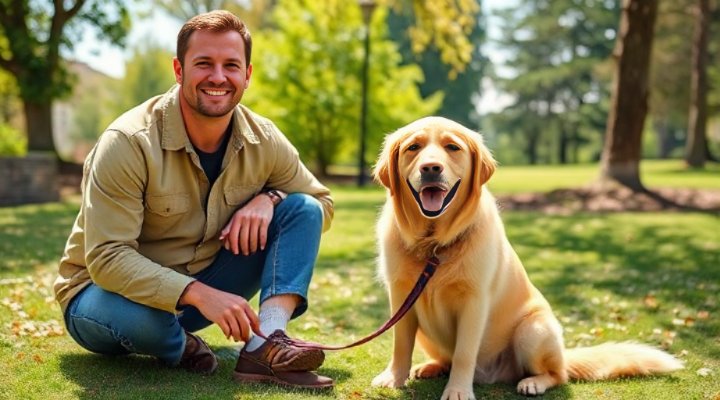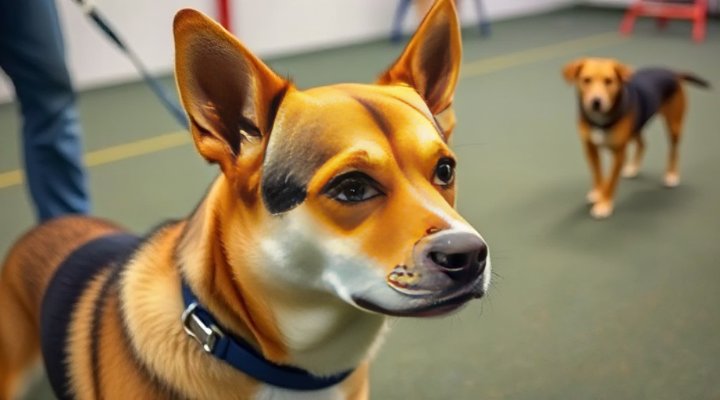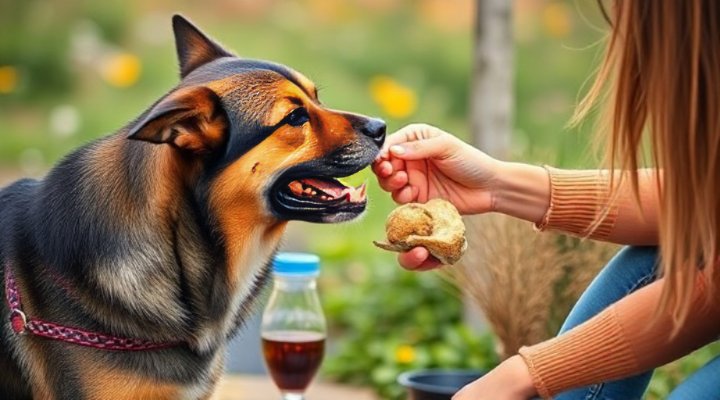Reactive Dog Training Programs are a game-changer for pet owners struggling with over-reactive behaviors in their furry companions. Whether your dog barks excessively at other dogs, lunges at strangers, or reacts strongly to loud noises, these programs offer a tailored approach to help your pet become calmer and more manageable.

Understanding Reactive Behavior in Dogs
Reactive behavior in dogs can stem from various causes, including fear, anxiety, or lack of socialization. For example, a dog that wasn’t properly socialized as a puppy might react aggressively or fearfully to new situations. That is to say, reactive behavior is often a coping mechanism for stress or uncertainty.
Therefore, it’s essential to identify the root cause of your dog’s reactivity before starting any training program. Our article on Understanding and Reducing Anxiety in Pets provides valuable insights into common triggers and how to address them.

How Reactive Dog Training Programs Work
These programs use science-based techniques to modify your dog’s behavior gradually. Firstly, trainers assess your dog’s specific triggers and reactions. Subsequently, they create a customized plan that might include:
- Desensitization to triggers
- Counter-conditioning techniques
- Positive reinforcement methods
For instance, if your dog reacts to other dogs, the training might start at a distance where your dog notices but doesn’t react, rewarding calm behavior. Gradually, the distance decreases as your dog learns to remain calm.
Similarly, our Effective Aggressive Dog Training Programs article explains how these techniques can be adapted for different behavioral issues.

The Benefits of Professional Guidance
While some basic training can be done at home, reactive dogs often benefit from professional guidance. Trainers can:
- Identify subtle signs of stress you might miss
- Provide immediate feedback and adjustments
- Ensure safety for all involved
Moreover, many programs offer follow-up support, which is crucial for maintaining progress. As a result, you’re not left to figure things out alone after the initial training.
What to Expect from a Good Program
A quality Reactive Dog Training Program should:
- Focus on positive reinforcement
- Be tailored to your dog’s specific needs
- Include owner education components
- Provide realistic timelines for progress
Above all, it should never use punishment-based methods, which can worsen reactivity. Our guide on Positive Reinforcement Training explains why this approach is most effective.

Success Stories: From Reactive to Relaxed
Many dogs have transformed through these programs. Take Max, a two-year-old Labrador who would bark uncontrollably at bicycles. After six weeks in a Reactive Dog Training Program, he now calmly watches them pass. Likewise, Bella, a rescue dog fearful of strangers, learned to greet new people politely.
These success stories show that with patience and the right approach, even highly reactive dogs can learn to manage their responses. For more inspiring transformations, check out How Therapy Dog Training Can Transform Life.
Getting Started with Reactive Dog Training
If you’re considering a program for your dog, here’s how to begin:
- Consult with your veterinarian to rule out medical causes
- Research local trainers specializing in reactivity
- Ask about their methods and success rates
- Start with a consultation or evaluation session
Remember, progress takes time. Meanwhile, our Daily Pet Training Exercises can help you maintain consistency between sessions.
Keywords:
reactive dog training, dog behavior control, pet training, calm dog training, manageable pet demeanor, dog reactivity solutions, professional dog training, positive reinforcement training
